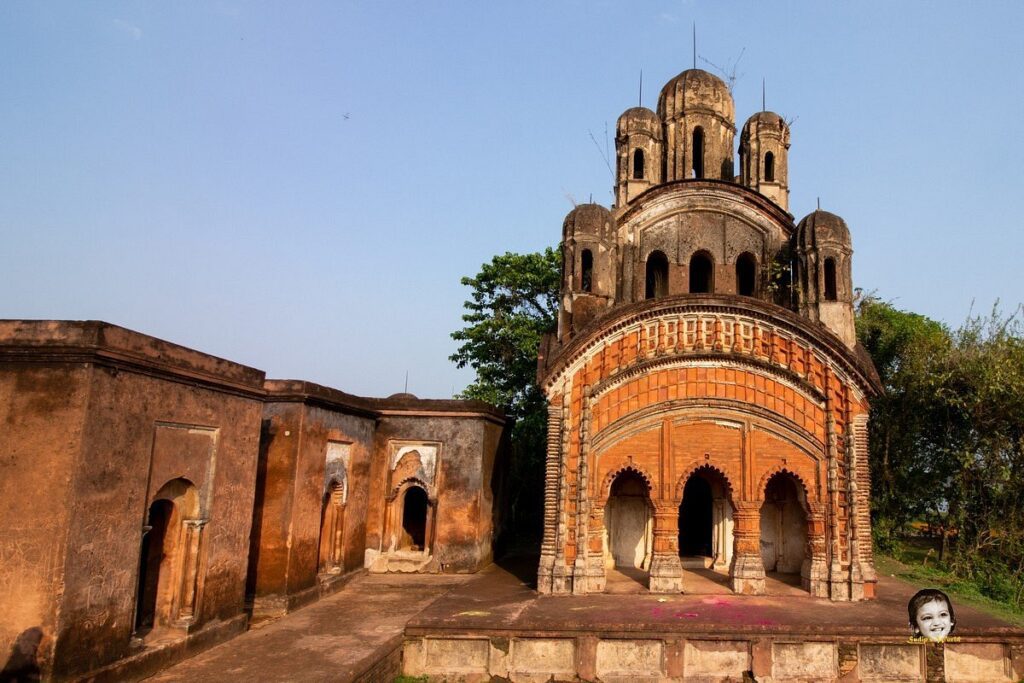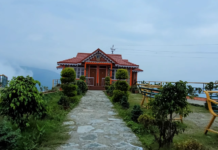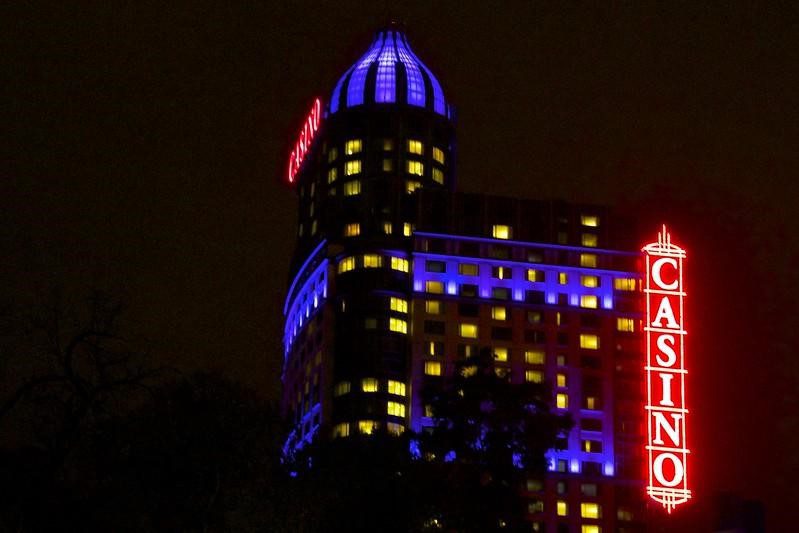Pathra Temples Midnapore – Village Of 34 Terracotta Temples Bengal Tourism
Pathra Temples Midnapore – Village Of 34 Terracotta Temples Bengal Tourism: Pathra is a village of temples situated on the banks of river Kangsabati(Kosai). There are 34 temples in the village, which are more than 250 years old. Barely 10 km away from Midnapore city, this non-descript hamlet is a treasure for those who love to travel back in time.
- Distance From Kharagpur Is Approx. 25 km Via Hathihalka Rd.
- Google Map: Pathra Temple
The history of Pathra goes back to the Gupta era when the place was the interior of the Tamralipta port, the gateway to Southeast Asia. From the 8th century to the 12th century, it was an important center for Hindus, Jains, and Buddhists.
A majestic Vishnu Lokeshwara statue excavated in the village in October 1961 revealed both Hindu and Buddhist influences, indicating that practitioners of both religions visited Pathra.
Pathra is a two-hour drive from the city. The road inside the village can be difficult to navigate in the rainy season. Pathra can be reached through Kolkata as well.
History Of Pathra Temples Midnapore
Busy copper-plated port center for trade with Southeast Asia. The boat comes and flocks here. The name Tamralipta is derived from the copper trade. The Gupta Age is the golden age of India. Hinduism, Buddhism, and Jainism developed.
Since then the Medinipur region has gained fame. Samrudhi is an unknown stone village on the banks of the Kangsavati River. In that village, ten kilometers away from Medinipur, you can still see architectural masterpieces that are more than two hundred and fifty years old.
The turning point of this region was in 1832, when Alivardi Khan, the Nawab of Bengal. He appointed Vidyananda Ghoshal to collect the tax of Ratnachak Pargana. Vidyananda Ghoshal was a devout man. With the collection of taxes, he established a temple in the village of Pathra on the banks of the river Kangsavati. Although Vidyananda’s reputation spread due to the establishment of the temple, Nawab Alivardi Khan was not at all satisfied with his work. He did not deposit the revenue properly and spent it on the construction of the temple. The Nawab arrested him and sent him to jail and then sentenced him to death.
It is said that he was executed by being trampled by an elephant. Rumor has it that the elephant removed his foot when he tried to put it on his body, hence the name of the village ‘Pa Utra’, gradually stones. The construction of the temple was carried forward by the descendants of Vidyananda. They changed their title to Majumdar. Another member of the family, Bandopadhyay, also continued the construction of the temple in the village of Pathra. Descendants did not lack money, they improved a lot in indigo cultivation and silk business and became influential and prestigious.
Construction of the temple stopped at the end of the eighteenth century, as this wealthy family gradually left the village and moved elsewhere. Gradually Pathra village and Tamralipta port lost importance in the rules of time. Like the port, the temples were abandoned.
Arbitrary looting of temples began. Many temples were reduced to rubble. 34 temples have been preserved. The role of Yasin Pathan in the neighboring village in saving the temple is undeniable.
A handful of scholars from the mid-1960s finally bore in the form of government grants and technical assistance from IIT Kharagpur in saving the temples. A slice of Bengal’s glorious past was salvaged in the nick of time, as a result of which today 26 out of 34 temples are under the supervision of ASI and the organization has already renovated 16 out of 26 temples properly.
The temples are also maintained by a non-governmental organization, the Pathra Archaeological Preservation Committee, formed in 1986 by Yasin Pathan and the Hindu-Muslim communities of the local villages. From the mid-1970s, temples began receiving government assistance and technical assistance at IIT Kharagpur. And Yasin Pathan, who worked as a pioneer at a local school, received the Kabir Award from the government in 1994 for his outstanding efforts.
All the ancient temple patterns found in India are made of stone or brick. Although stone was used in Bengal, it was easy to make bricks by burning the soil for the abundance of clay. Hence the abundance of terracotta i.e. brick temples. The stone temples are also mainly made of brick.
There are basically three types of structures in the construction of the pinnacle or roof of a Bengali temple. Such as a shed. The temple can be seen in up to twelve sheds. Again the combination of the shed and the peak is the ‘gem’, which is an odd number. Examples range from one gem to twenty-five gems. There are also flat-roofed buildings in Bengal.
The use of Chunsurki masonry has been prevalent in Bengal since the time of the Turkish invasion. And niches, arches, and low and thick pillars are indicative of the style of the era. Another ritual that has been going on since the time of Vaishnavism is Manchariti. Examples are Tulsimancha, Rasmancha, and Dolmancha. Examples of temples of all sizes including stone sheds, buildings, gems, and Rasmancha are found. Also, the special attraction here is the terracotta panel.
The earthen plates were painted in different designs and then burned. These terracotta plaques were fastened to the temple floor with chunsurki. In some cases, the bricks were also designed and then burned and placed one after the other according to the type of design. Even though it is quite damaged, the work of the feathers catches the eye. Pankh was made by mixing lime, sand, chitegur, ripe banana, nutmeg, chlorophyll, khayer, surkiguro, conch, oyster powder, etc. With this mixture, designs were painted on the temple.
The stone temples are divided into two or three complexes. A few on the banks of the Kansavati river, several on the other side of the road, and in the village a short distance away are the Rasmancha and other temples. First, is a nineteenth-century Pancharatna temple facing south on the north bank of the river.
Four gems open all around on the slope. In the center is a large gem of the same size. Three arches at the entrance. A bunch of round pillars hold the arches. The work of the extinct feathers on their heads. Above it is a terracotta plaque. The use of thin bricks in the corners of the temple is also noticeable.
READ MORE: The Famous Terracotta Temples Of Bengal
There is the tallest and most impressive Navaratna temple in the premises of Kalachand temple. It was founded by the Majumdar dynasty in the eighteenth century. Located on the north bank of the river. The three arches at the entrance are held by two short pillars. The pillars were destroyed and the ASI repaired them. It is forty feet high. In the first step, four gems in four corners. Then again trikhilan as below and head to the shed, above it again four gems in four corners. A big gem above all. The work of feathers on the inside of the temple and the inverted petals of the flower on the head of the pillar. There are niches influenced by the Muslim trend.
Built on a high foundation, the Navaratna temple also has three flat-roofed temples on one side. Probably these are Shiva temples. There is also a small Atchala temple established in 1818 in this square. The Navaratna temple is smaller than the other side. This is the temple of Shiva. Three small Atchala temples. Large four-story roof and another small four-story roof above it. Atchala with this. There is a flat-roofed temple, Durgadalan. Five arches at the entrance. A small basil stage. Some ruined stone structures are also visible.
There are some temples a little further on the way to the village. In addition to these, there are three Pancharatna temples, with delicate designs of feathers across their walls. There are many terracotta idols like Rama, Balarama, Radha-Krishna, Hanuman, and Durga. There are also turbaned doorkeepers. There are three types of soldiers of the three eras, such as soldiers with sticks, soldiers with swords, and even soldiers with guns. Shiva, Vishnu, and Krishna are worshiped in the temples. A statue of a woman peeking out of a window catches the eye. During the Renaissance, women are allowed to enter the outside world from behind the scenes.
Nearby is an octagonal nectar-shaped stage. ASI reformed it in 2000. Once upon a time, there was Raslila here. Kachari’s house is almost ruined today, its secret door is no more. The ship no longer sails through Kangsavati. The stories of Shiva, Durga, Kalachand, Dharmaraj, etc., of many temples, go back to the people. The Vishnu Lokeshwar Temple, suddenly excavated in 1971, reminds us that Buddhists were once anagona here. Even today, the stone that the bride of the village wears in the pond is probably a part of the temple, maybe a terracotta plaque can be found by peeking into someone’s house. With all this, Pathra Temples Midnapore lives according to its own rules. The tradition of stone is covered with various unfamiliar shadows of ignorance.











